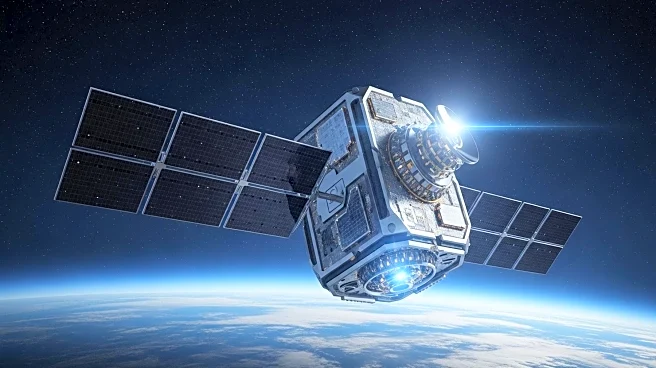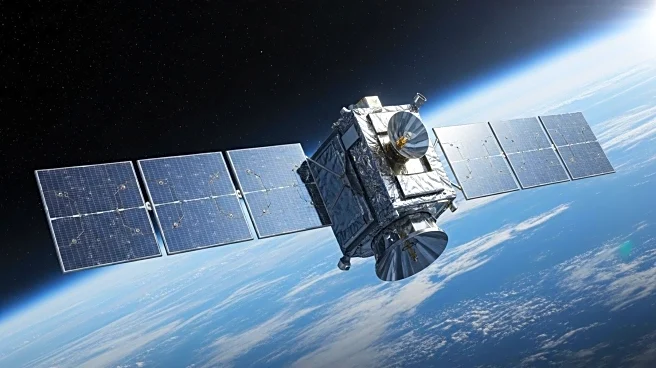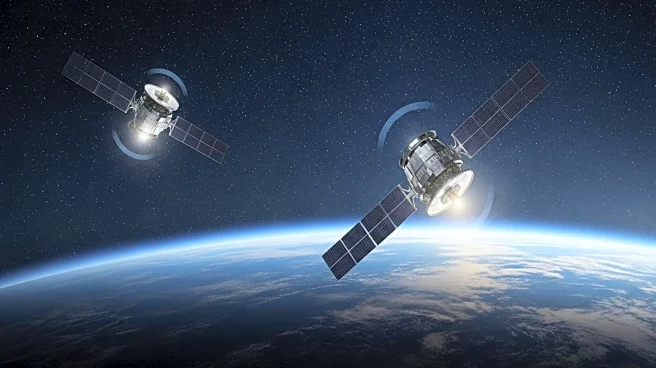What's Happening?
South Korea's SI Imaging Services has announced a contract to lease the capacity of its Earth-observation satellite, SpaceEye-T, to an undisclosed European customer. The contract is valued at over 10 million euros ($11.7 million). SpaceEye-T, which offers a native resolution of 25 centimeters per pixel, was launched into orbit in March via a SpaceX Transporter-13 rideshare. The satellite is developed and owned by Satrec Initiative, the parent company of SI Imaging Services. This lease agreement highlights the growing popularity of the Satellite-as-a-Service model, which provides advantages in data accessibility and security. According to SI Imaging Services CEO Moongyu Kim, the agreement demonstrates international trust in SpaceEye-T and marks a significant step in joining the global space industry trend.
Why It's Important?
The lease of SpaceEye-T to a European customer underscores the increasing demand for Satellite-as-a-Service models, which allow customers to access satellite imagery without owning the satellite. This model offers enhanced data security and accessibility, appealing to global customers who require real-time data for various applications. The agreement signifies a shift in the space industry towards more flexible and secure data solutions, potentially influencing other companies to adopt similar models. As the demand for satellite imagery grows, companies like SI Imaging Services are positioned to benefit from expanding their services internationally, thereby strengthening their market presence and contributing to the evolution of satellite technology.
What's Next?
The successful lease of SpaceEye-T may encourage SI Imaging Services to pursue additional international contracts, further expanding their Satellite-as-a-Service offerings. Other companies in the space industry might follow suit, adopting similar models to meet the rising demand for secure and accessible satellite data. This trend could lead to increased competition and innovation in satellite technology, as companies strive to offer more advanced and reliable services. Stakeholders, including governments and private enterprises, may explore partnerships with satellite service providers to enhance their data capabilities and support strategic initiatives.
Beyond the Headlines
The adoption of the Satellite-as-a-Service model raises important considerations regarding data privacy and security. As companies offer encrypted and automated data deletion services, customers can be assured of the confidentiality of their tasking records. This model also democratizes access to satellite technology, allowing smaller entities to leverage high-resolution imagery for various purposes without the financial burden of satellite ownership. The trend may lead to broader applications of satellite data in fields such as environmental monitoring, urban planning, and disaster response, fostering innovation and collaboration across industries.













